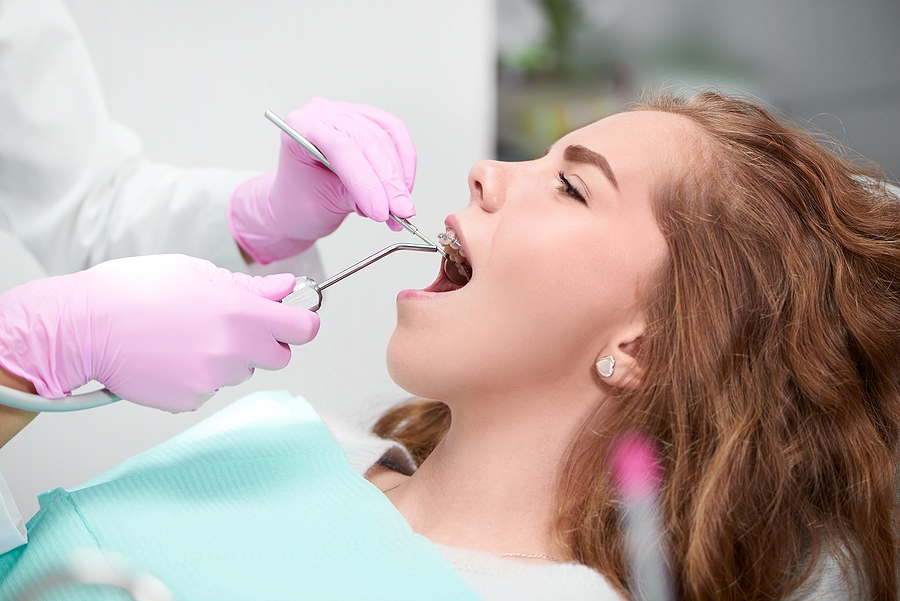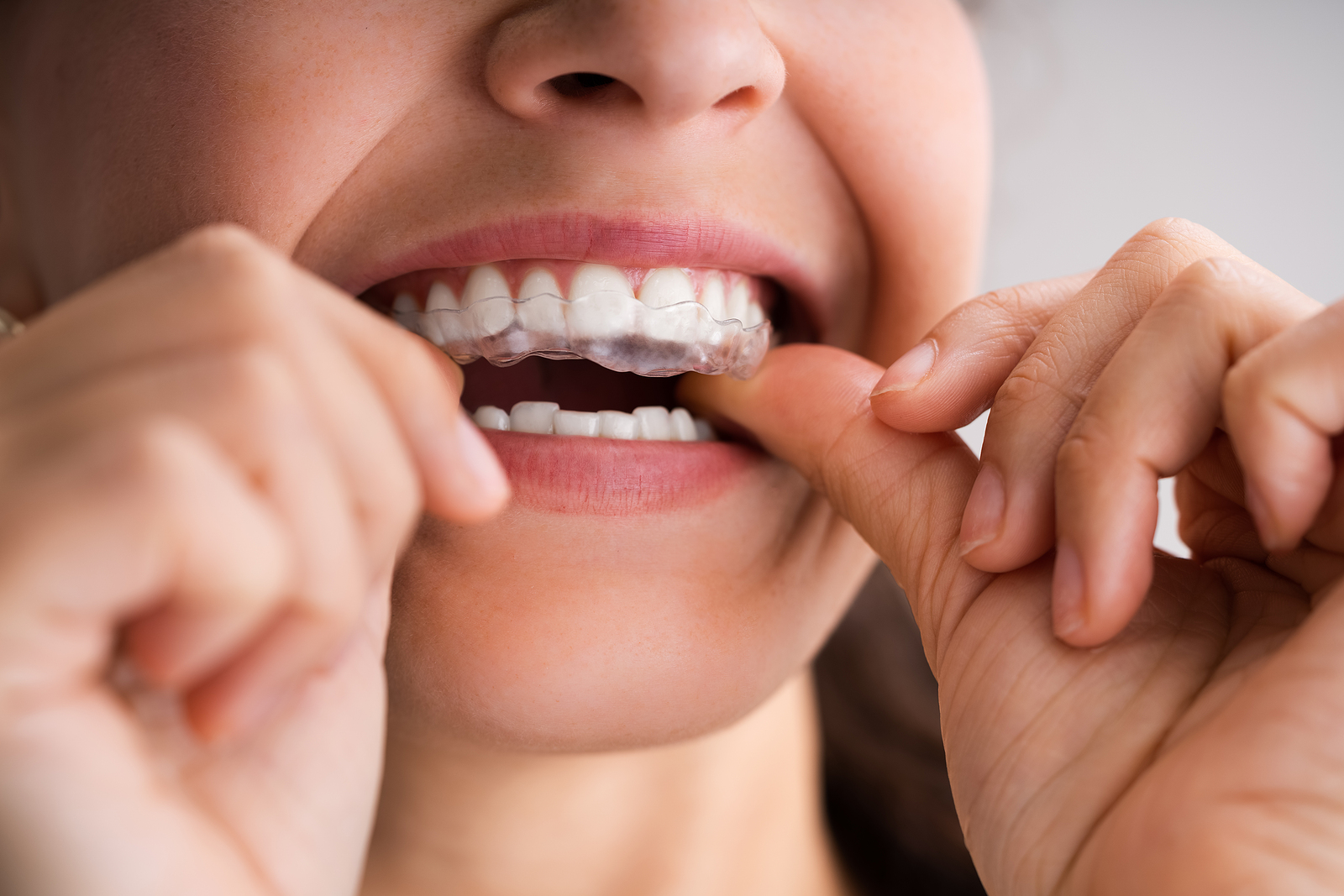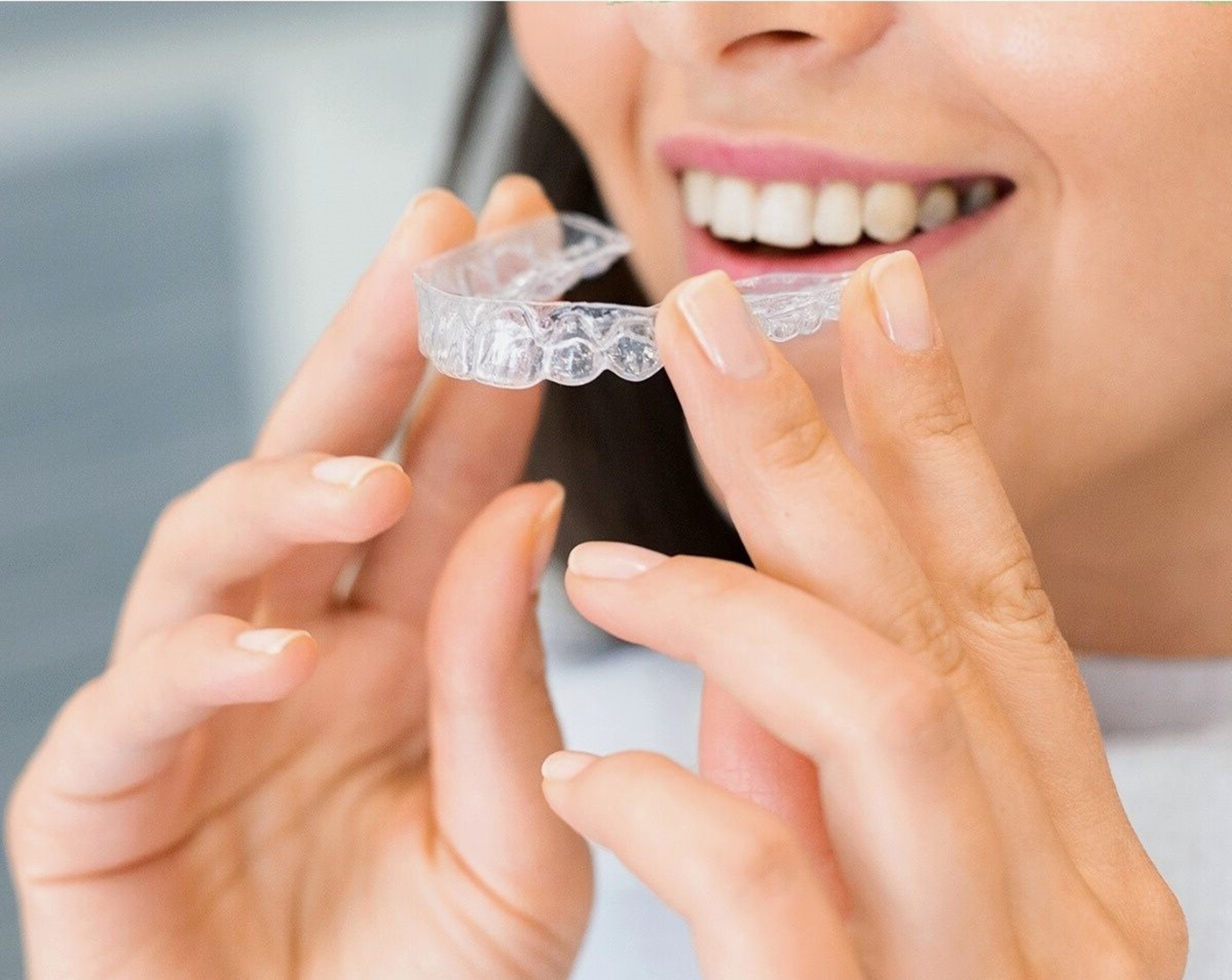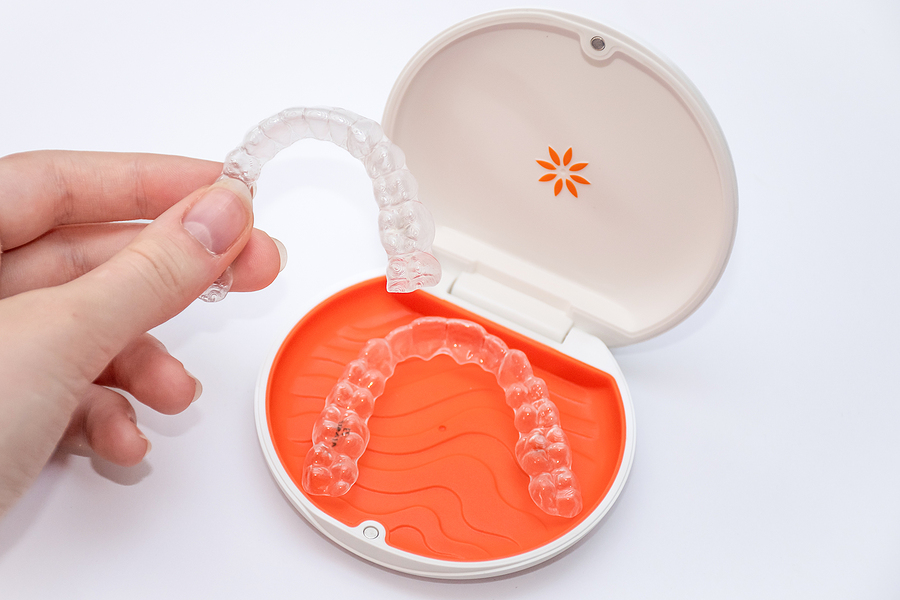Straightening your teeth can not only improve your smile but also enhance your overall oral health. If you're considering orthodontic treatment, you've probably come across two popular options - Invisalign and braces. Both methods have their unique benefits and considerations, which is why it's essential to understand the difference between the two before making a decision.
In this blog post, we'll dive into the world of orthodontics and explore what sets Invisalign apart from traditional braces. From their functionality to their effectiveness, we'll break down everything you need to know about these alternative treatments. So, let's get started on your journey towards a beautifully aligned smile!
What is Invisalign?
Invisalign is a popular orthodontic treatment option that offers an alternative to traditional braces. It consists of a series of clear, custom-made aligners that gradually move your teeth into the desired position. These aligners are made from smooth and comfortable plastic material, making them more aesthetically pleasing compared to metal brackets and wires.
Invisalign provides a modern approach to straightening teeth with minimal disruptions to daily life. However, it's important to consult with an experienced orthodontist who will determine if you're a suitable candidate for this treatment option before making any decisions about your orthodontic care journey.
What are Braces?
Braces have been a popular orthodontic treatment for decades, and they continue to be a reliable option for straightening teeth. These devices consist of brackets that are attached to each tooth and connected by wires. The wires apply gentle pressure on the teeth, gradually shifting them into proper alignment.
Braces remain a trusted choice for individuals seeking long-term corrective solutions for various dental concerns. Their ability to address complex cases makes them an attractive option worth considering when choosing an orthodontic treatment plan.
Pros and Cons of Invisalign and Braces
When it comes to orthodontic treatment, two popular options are Invisalign and traditional braces. Both have their pros and cons, so let's delve into the details.
Invisalign offers a discreet way to straighten your teeth. The clear aligners are virtually invisible, allowing you to maintain your confidence while undergoing treatment. They are also removable, making it easier to brush and floss compared to braces. However, this convenience can be a double-edged sword as some patients may forget to wear them consistently.
On the other hand, braces provide more control over tooth movement due to their fixed nature. They work well for complex cases that require significant correction. Braces can achieve precise results but may cause discomfort or irritation in the mouth during adjustment appointments.
Another advantage of Invisalign is its ability to offer shorter treatment times for minor alignment issues compared with braces. However, severe misalignment might still require braces for optimal results.
Cost is another factor worth considering: generally speaking, Invisalign tends to be pricier than traditional braces due to its advanced technology.
Deciding between Invisalign and braces depends on factors such as your specific dental needs, lifestyle preferences, budget constraints, and personal comfort levels during treatment.
Effectiveness and Treatment Time Comparison
When it comes to orthodontic treatment, both Invisalign and braces are effective in straightening teeth and correcting bite issues. However, there are some differences in their effectiveness and the time required for treatment.
Invisalign is a popular choice for many due to its virtually invisible appearance. The aligners are made of clear plastic, making them less noticeable than traditional metal braces. This can be especially appealing to adults or teenagers who may feel self-conscious about wearing braces.
Braces, on the other hand, use brackets and wires to gradually move teeth into their proper position. While they may not offer the same level of discretion as Invisalign, they have been proven effective in treating even complex dental issues.
The length of treatment varies for each individual, but generally speaking, Invisalign tends to have a shorter treatment time compared to traditional braces.
It's important to note that both options require commitment from the patient in terms of wearing them consistently and attending regular check-ups with an orthodontist. Compliance with recommended wear times will greatly affect the overall effectiveness of either treatment option.
While both Invisalign and braces can effectively correct dental problems, they differ in terms of appearance and treatment time. Choosing between these two options ultimately depends on your personal preferences and needs as well as recommendations from your orthodontist during a consultation.
Which Option is Right for You?
When it comes to choosing between Invisalign and braces, there are a few factors to consider in order to determine which option is right for you.
First and foremost, let's talk about your lifestyle. If you're someone who values convenience and wants a treatment that doesn't interfere with your daily activities, then Invisalign might be the better choice for you. These clear aligners can be easily removed when eating or brushing your teeth, allowing you to enjoy all your favorite foods without restrictions.
On the other hand, if you're looking for a more traditional approach and don't mind some dietary adjustments, braces could be the way to go. While they may require more frequent dental visits for adjustments, braces are often considered more effective for complex cases or severe misalignment.
Another important consideration is comfort. Invisalign aligners are made of smooth plastic material that conforms comfortably to your teeth. They have no sharp edges or wires that can cause irritation in the mouth like traditional metal braces sometimes do.
Cost is also an important factor when making this decision. Generally speaking, traditional metal braces tend to be less expensive than Invisalign treatment. However, every case is unique, and costs can vary depending on the complexity of the treatment required.
It's best to consult with an orthodontist who can evaluate your specific needs and help guide you toward the most suitable option based on factors such as alignment issues, desired treatment duration, budget considerations, and personal preferences.
Remember that both Invisalign and braces have proven track records in successfully straightening teeth and improving oral health overall!
Conclusion
Both Invisalign and traditional braces offer effective solutions for orthodontic treatment, but they have some key differences. The decision between Invisalign and braces depends on various factors such as your specific orthodontic needs, lifestyle preferences, budget considerations, and professional advice from your orthodontist.
Make sure to consult with a qualified orthodontist who can assess your unique situation and recommend the best course of action for achieving a straighter smile. Remember that undergoing any form of orthodontic treatment requires commitment and patience. It's important to follow your dentist's instructions diligently in order to achieve optimal results.
Whether you choose Invisalign or braces, the end goal remains the same – achieving a beautiful smile that boosts your confidence and improves your overall oral health. So go ahead and take that first step towards transforming your smile today!
Visit Our Office
Alexandria, VA
124 S. West Street, Suite 100, Alexandria, VA 22314
Email: info@oldtowndentistry.com
Book NowOffice Hours
- MON8:00 am - 2:00 pm
- TUE8:00 am - 5:00 pm
- WED8:00 am - 2:00 pm
- THU8:00 am - 5:00 pm
- FRI8:00 am - 2:00 pm
- SAT - SUNClosed
124 S. West Street, Suite 100,
Alexandria, VA, 22314
Phone: (703) 683-0800Text Us: (703) 683-0800








